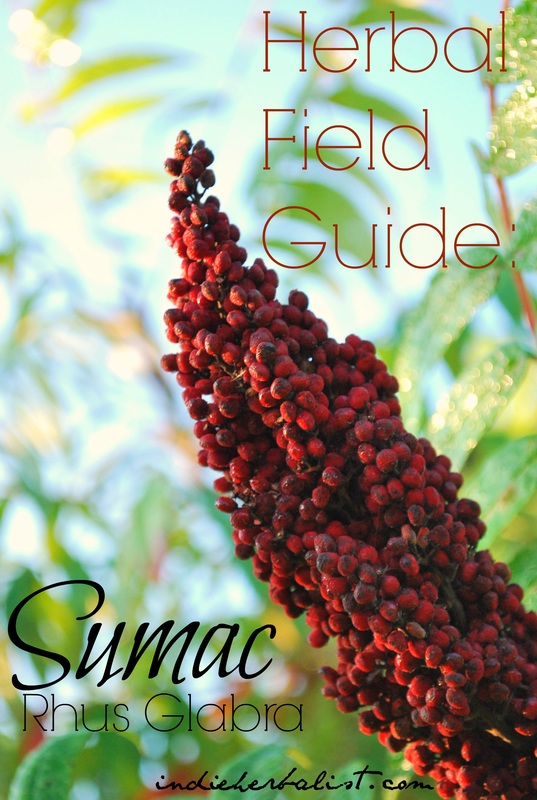Links contained in this post and elsewhere on my website may include affiliate links. When you make a purchase through these links, I earn a commission at no additional cost to you. I only link to products and services that I love - and that I think you will love, too!
When I mention sumac (Rhus glabra) on herb walks or in class, my students often recoil in horror. “Isn’t that POISONOUS?” they ask. There is a poison sumac, yes -and you should definitely learn to identify it- but thankfully poison sumac (Toxicodendron vernix) is a rather shy plant that prefers swampy, hard to access areas. Here in Georgia, it only grows in about 18 counties of 159, so it should be much lower on your list of concerns than its cousin, poison ivy (Rhus toxicodendron).
Sumac is part of the same family as posion ivy, but then again so are cashews and mangoes, so you shouldn’t be particularly skeptical that something edible (and tasty) would be related to something noxious. If you are allergic to cashews or mangoes, though, you might want to leave sumac alone.
There are a few varieties of sumac, and can all be used interchangeably by herbalists. The most common one in my area is Rhus glabra, or smooth sumac, so that’s what I use. Other varieties include R. aromatica, R. coriaria, and R. typhina. The berries and bark are the parts that are used most often by herbalists, and the berries also have a unique food use from the prepping perspective. . .
Indieherbalist.com is reader supported. If you are a patron, you can log in here to read the whole article. If you are interested in pledging your support, please visit our Patreon page to learn more. Access to our private Patron blog feed costs as little as $1 a month. Thanks for stopping by!
